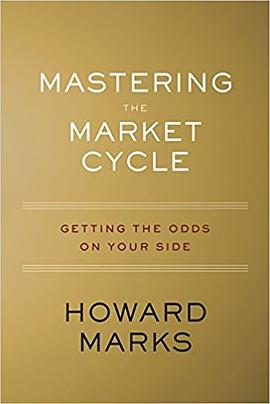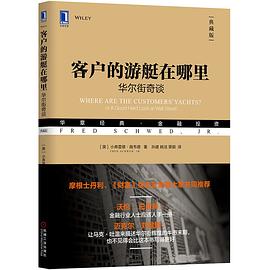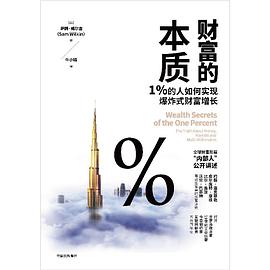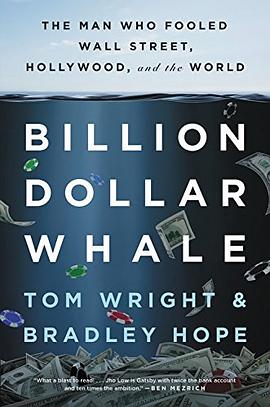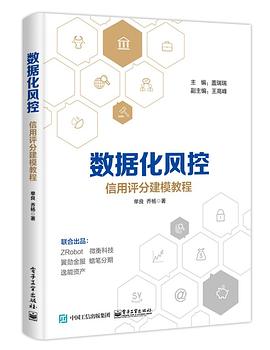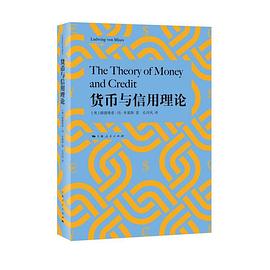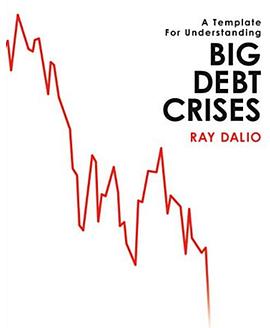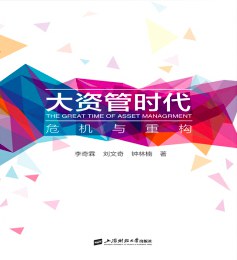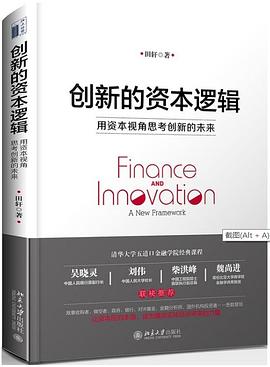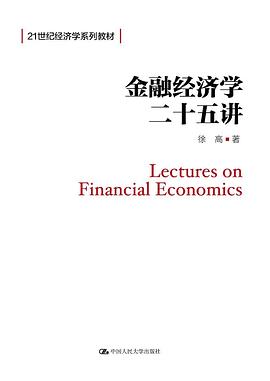
Introduction 7
Part 1: The Archetypal Big Debt Cycle 9
How I Think about Credit and Debt 9
The Template for the Archetypal Long-Term/Big Debt Cycle 13
Our Examination of the Cycle 13
The Phases of the Classic Deflationary Debt Cycle 16
-The Early Part of the Cycle 16
-The Bubble 16
-The Top 21
-The "Depression" 23
-The "Beautiful Deleveraging" 32
-"Pushing on a String" 35
-Normalization 38
Inflationary Depressions and Currency Crises 39
The Phases of the Classic Inflationary Debt Cycle 41
-The Early Part of the Cycle 41
-The Bubble 42
-The Top and Currency Defense 45
-The Depression (Often When the Currency Is Let Go) 49
-Normalization 54
The Spiral from a More Transitory Inflationary
Depression to Hyperinflation 58
War Economies 61
In Summary 64
PART 2: Detailed Case Studies
German Debt Crisis and Hyperinflation (l918-1924}
US Debt Crisis and Adiustment (1928-1937)
US Debt Crisis and Adiustment (2007-2011)
PART 3: Compendium of 48 Case Studies
Glossary of Key Economic Terms
Primarily Domestic Currency Debt Crises
Non-Domestic Currency Debt Crises
Appendix: Macroprudential Policies
· · · · · · (收起)
具體描述
"Ray Dalio's excellent study provides an innovative way of thinking about debt crises and the policy response." - Ben Bernanke
"Ray Dalio's book is must reading for anyone who aspires to prevent or manage through the next financial crisis." - Larry Summers
"A terrific piece of work from one of the world's top investors who has devoted his life to understanding markets and demonstrated that understanding by navigating the 2008 financial crisis well." - Hank Paulson
"An outstanding history of financial crises, including the devastating crisis of 2008, with a very valuable framework for understanding why the engine of the financial system occasionally breaks down, and what types of policy actions by central banks and governments are necessary to resolve systemic financial crises. This should serve as a play book for future policy makers, with practical guidance about what to do and what not to do." - Tim Geithner
On the 10th anniversary of the 2008 financial crisis, one of the world's most successful investors, Ray Dalio, shares his unique template for how debt crises work and principles for dealing with them well. This template allowed his firm, Bridgewater Associates, to anticipate events and navigate them well while others struggled badly.
As he explained in his #1 New York Times Bestseller, Principles: Life & Work, Dalio believes that most everything happens over and over again through time so that by studying their patterns one can understand the cause-effect relationships behind them and develop principles for dealing with them well. In this 3-part research series, he does that for big debt crises and shares his template in the hopes reducing the chances of big debt crises happening and helping them be better managed in the future.
The template comes in three parts provided in three books: 1) The Archetypal Big Debt Cycle (which explains the template), 2) 3 Detailed Cases (which examines in depth the 2008 financial crisis, the 1930's Great Depression, and the 1920's inflationary depression of Germany's Weimar Republic), and 3) Compendium of 48 Cases (which is a compendium of charts and brief descriptions of the worst debt crises of the last 100 years). Whether you're an investor, a policy maker, or are simply interested, the unconventional perspective of one of the few people who navigated the crises successfully, A Template for Understanding Big Debt Crises will help you understand the economy and markets in revealing new ways.
用戶評價
##這是一本全景紀實書,反映瞭橋水對債務危機的研究。雖然是一傢之言,但是可以拿來跟《大而不倒》交叉看。第一部分的理論和第二部分的案例教學是精華,Ray保持瞭足夠的中立性。
評分##結閤現實看,更為有趣。
評分##曆經兩年多終於讀完,是一本crisis的辭典,工具書。1)危機並不是由單一因素引發,而是有結構性的問題。所以“下一個危機不定是什麼東西引發的”並不在理。及時誘因有一個,但是根本上還是結構性的。2)學習到瞭cycle的back-end logic,在介紹部分 3)管理者manage危機的好與壞很大程度決定危機的破壞性 4) 泡沫破裂往往始於rate raise 5)泡沫破裂不一定有準確原因,隻要購買之力枯竭即會破裂 6) deleveraging初期容易低估downturn的持續性,造成小規模的rally 7)危機的政治後果可能比經濟後果還大,大很多 8)depression裏市場會時常隨著政策動嚮而報復性反彈,因為大傢會exaggerate相對較小的事情
評分##Ray Dalio的現實主義貫穿始終,在解決債務危機麵前,道德是次要的。
評分##後麵的廣告有點齣戲……
評分##先讀為敬
評分##應該是我第一本完整看完的英文版經濟學書。之前沒有經濟學基礎,經濟學方麵的詞匯量也不夠,還是挺吃力的,很多術語隻能查 wiki 或 investopedia,前前後後花瞭有半年時間,總得來說覺得值。最重要的是 Dalio 提供瞭三次金融危機的非常詳細的描述,還有精確到天的報紙的摘要,簡直可以每天看一部分然後像真實體驗過一樣。之後看類似危機分析的書可以拿來做對照。
評分##part1不錯,part2的三個case study, 非常非常好。part 3 估計個個都能寫很長,總結的比較水。
評分##沒時間的話主要讀第一部分和2007-2008的案例就好瞭,可是人類什麼時候會從中吸取教訓呢?
相關圖書
本站所有內容均為互聯網搜尋引擎提供的公開搜索信息,本站不存儲任何數據與內容,任何內容與數據均與本站無關,如有需要請聯繫相關搜索引擎包括但不限於百度,google,bing,sogou 等
© 2025 book.qciss.net All Rights Reserved. 圖書大百科 版權所有


